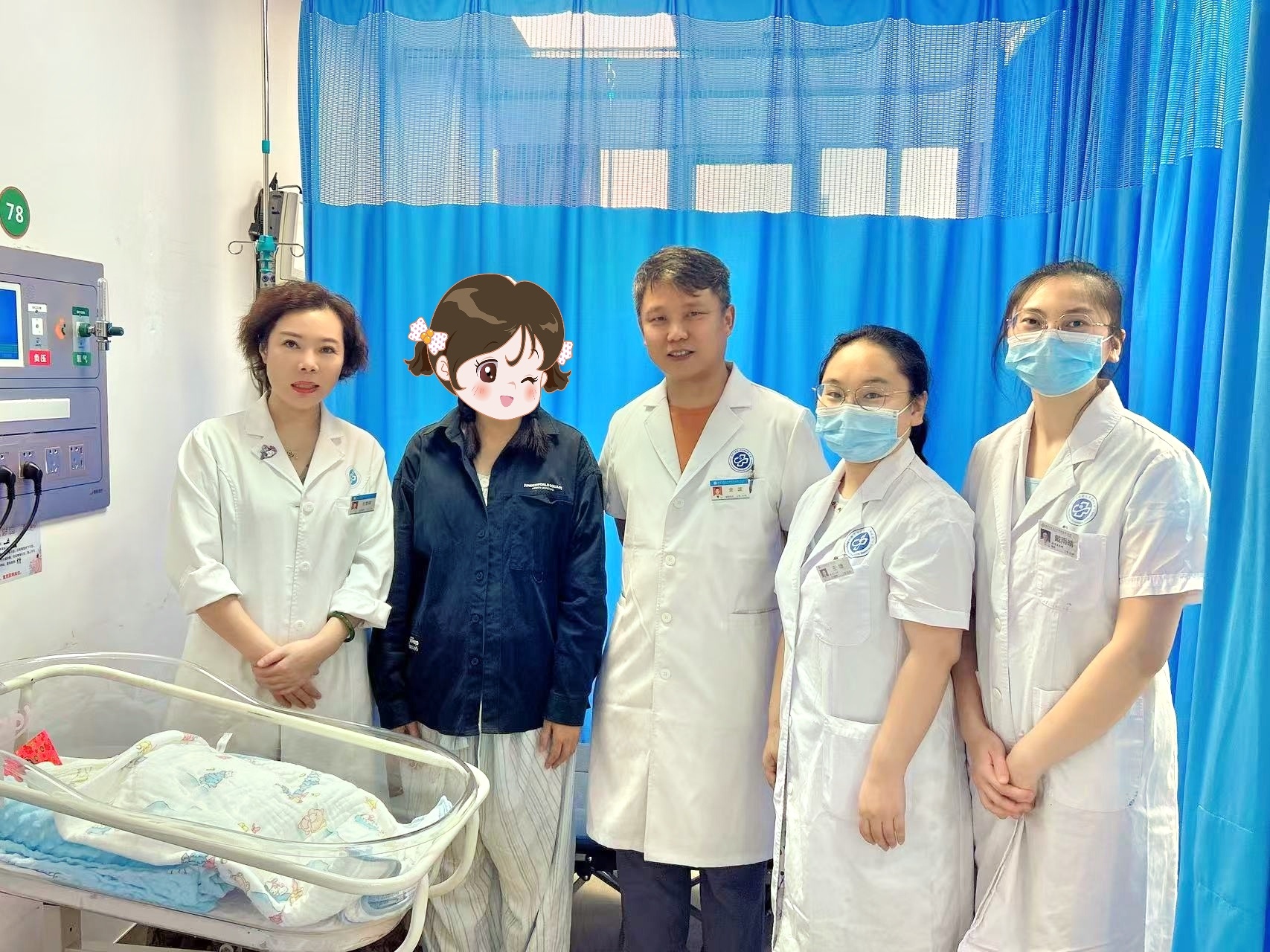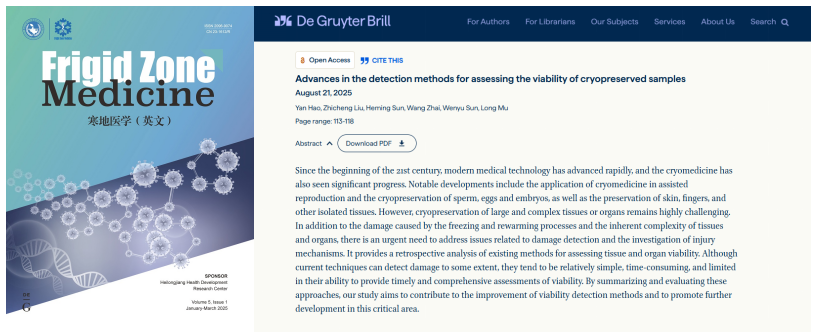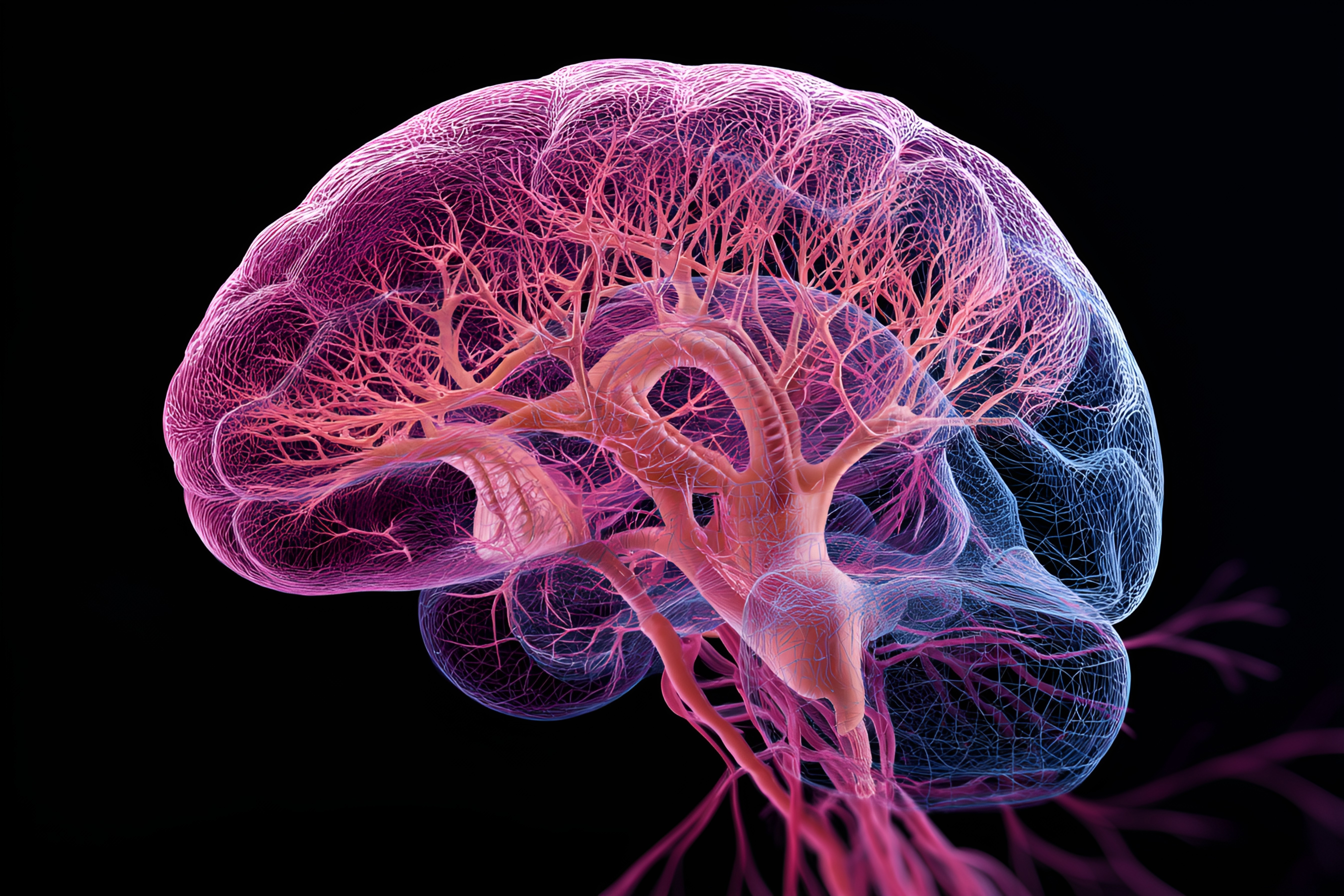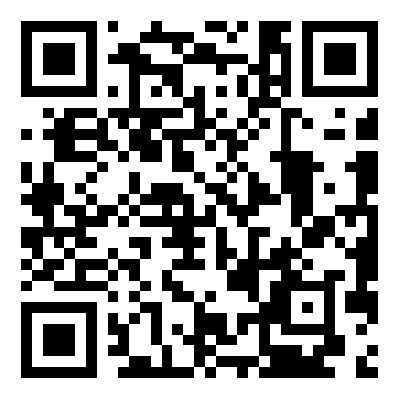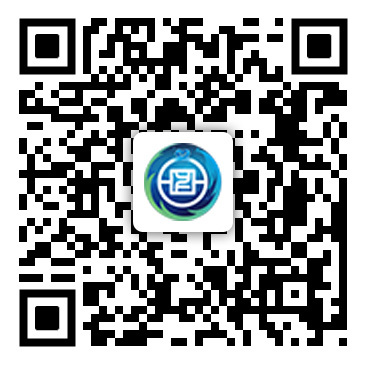Nobel Prize Highlights New Breakthrough in Immune Regulation: Three Scientists Unveil the “Balance Code” of the Immune System
Release time:
2025-10-13
On October 6 local time, the Karolinska Institutet in Sweden announced that the 2025 Nobel Prize in Physiology or Medicine has been awarded to American scientists Mary E. Brunkow and Fred Ramsdell, and Japanese scientist Shimon Sakaguchi, in recognition of their groundbreaking discoveries in the field of peripheral immune tolerance. This breakthrough not only fills a long-standing theoretical gap in understanding immune regulatory mechanisms but also propels advancements in treatment strategies for major diseases such as cancer and autoimmune disorders. Experts in China’s immunology field noted that this achievement marks a new era in humanity’s comprehension of the immune system’s “precise balance” and injects robust momentum into global immunotherapy research.
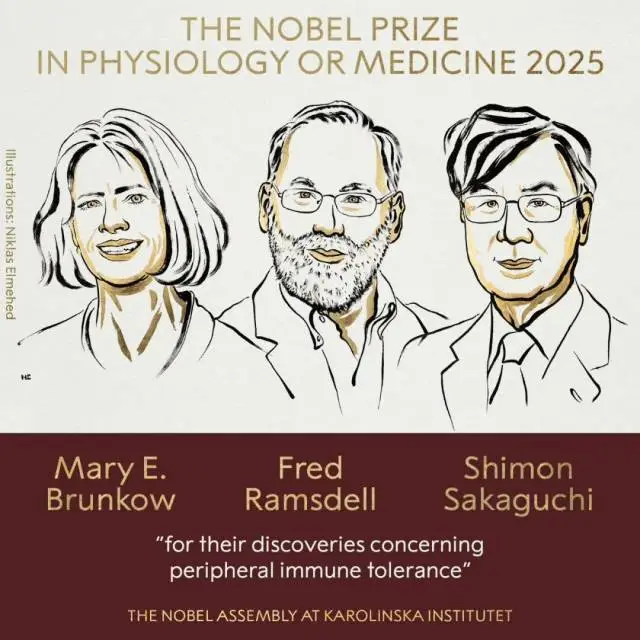
Nobel Laureates Decipher the Immune System’s “Guardians”
The core of this year’s Nobel recognition lies in the three scientists’ systematic elucidation of peripheral immune tolerance mechanisms. Their pivotal breakthrough was the identification of the immune system’s “safety guardians”—regulatory T cells (Tregs)—and the clarification of the molecular basis governing their functional regulation.
In the 1980s, the scientific community widely believed that immune tolerance depended solely on “central tolerance” (the thymic deletion of autoreactive T cells). However, Sakaguchi observed through experiments that some newborn mice still developed autoimmune diseases after thymectomy, suggesting the existence of previously unrecognized peripheral immune regulatory mechanisms. Further research revealed that transplanting a specific CD4+CD25+ T cell subset into thymectomized mice prevented autoimmune reactions. In 2003, Sakaguchi confirmed these cells as regulatory T cells, proposing for the first time that peripheral immune tolerance is dominated by this cell type—a revelation that overturned conventional understanding.
Meanwhile, American scientists Brunkow and Ramsdell focused on “scurfy” mutant mice, a strain prone to severe autoimmune diseases and premature death due to an X-chromosome gene defect. After years of gene mapping, they identified the causative gene as Foxp3 in 2001 and found that mutations in the human homolog FOXP3 lead to the rare autoimmune disorder IPEX syndrome. In 2003, Sakaguchi’s team further validated that Foxp3 acts as the master regulator of regulatory T cell development and function. Together, these findings unveiled both the “cellular identity” (Tregs) and “molecular switch” (Foxp3) of peripheral immune tolerance, forming a “cell-gene” closed loop in its regulatory mechanism.
Their research, progressing from observational studies to gene mapping and finally mechanistic elucidation, established a theoretical framework for peripheral immune tolerance. This was hailed by Nobel Committee Chairman Ole Kämpe as a “milestone in immunoregulation.”
How Does Peripheral Immune Tolerance Safeguard the Body’s Balance?
The human immune system must precisely distinguish “self” from “non-self,” eliminating pathogens while sparing self-tissues. Traditional theory held that central tolerance (thymic deletion of autoreactive T cells) was the primary defense. However, the laureates’ work showed that some autoreactive T cells “escape” to the periphery. Here, peripheral immune tolerance—mediated by Tregs—acts as a second line of defense, suppressing excessive immune responses to maintain balance.
Tregs precisely regulate effector T cell activation through mechanisms like secreting inhibitory factors and contact inhibition. Defective Treg function (e.g., Foxp3 mutations) leads to “brake failure” in immunity, triggering autoimmune diseases like rheumatoid arthritis and lupus. Conversely, over-suppression weakens anti-tumor and anti-infective responses. This mechanism has provided new therapeutic targets.
Beyond explaining why most people avoid autoimmune diseases, their discoveries bridge basic research and clinical application. For instance, Treg overaccumulation in tumor microenvironments suppresses anti-tumor immunity; targeted Treg depletion or functional inhibition can “release the brake,” enhancing immunotherapy efficacy—a principle validated in CAR-T cell therapy optimization.
Driving Immunotherapy Forward: A New Era of Precision
This Nobel achievement transcends theoretical immunology, propelling medicine toward precision and personalization. Traditional immunotherapies often rely on global immune modulation, risking overactivation. In contrast, Treg-focused research enables “targeted regulation”: selectively depleting suppressive T cells in tumors to unleash anti-tumor immunity, or infusing functionalized Tregs to treat autoimmune diseases. This “relax when needed, tighten when needed” approach dramatically improves efficacy and reduces side effects.
Moreover, this breakthrough accelerates clinical translation across fields. Regulatory T cell therapies now show promise in type 1 diabetes, lupus, and organ transplant rejection. Chinese researchers are actively advancing this work: Shanghai Jiao Tong University discovered all-trans retinoic acid sustains Treg function, with clinical trials underway; Zhejiang University explores Treg-effector T cell interactions to develop novel strategies. Basic research inspired by the Nobel Prize continues to fuel global immunotherapy innovation.
Latest developments
The significance of life extension lies not only in technological breakthroughs but also in the shared belief of every individual who believes in "a better future." With faith as their torch, these fellow travelers join hands, pooling their strength to stride forward together. We firmly believe that as this steadfast support converges into a powerful force, it will propel the Yinfeng Life Extension Plan to gain broader attention, inject continuous momentum into the development of cryobiomedicine, and illuminate the next chapter of human civilization.
Over the two days, the symposium was not only a collision of ideas but also seeds sown to advance social progress in life culture. The Shandong Yinfeng Life Science Public Welfare Foundation will continue to use technology as wings and culture as roots, collaborating with all sectors of society to enhance the quality of life for the Chinese people and build a human-centered life care system.
According to recent announcements by the Jinan Municipal Bureau of Science and Technology, 11 outstanding achievements from Jinan have been included in the 2025 "Shandong Outstanding Achievements Report" project. Among them is the globally first-of-its-kind ovarian tissue dual-activation technology developed by Shandong Silver Med Life Science Research Institute (Jinan).
Recently, Frigid Zone Medicine, an authoritative international journal in the field of cryomedicine, published an important review titled "Advances in the Detection Methods for Assessing the Viability of Cryopreserved Samples". Written by the team of Yinfeng Cryomedical Research Center, the article systematically reviews and analyzes various detection techniques currently used to evaluate the viability of cryopreserved cells, tissues, and organs. It also proposes key directions from the perspectives of methodological integration and future instrument development, offering crucial theoretical support and practical guidance for the long - term cryopreservation of complex tissues and organs.
Recently, the "Novel Technology for Ultra-Low Temperature Cryopreservation, Activation, and Transplantation of Human Ovarian Tissue," developed through a collaborative effort between Shandong Yinfeng Life Science Research Institute and Beijing University of Chinese Medicine Shenzhen Hospital, has been awarded the 2025 Shandong Refrigeration and Air Conditioning Science and Technology Award. This groundbreaking technology pioneers a new pathway for female fertility preservation, marking a significant leap in China’s interdisciplinary advancements in reproductive medicine and cryobiology.





